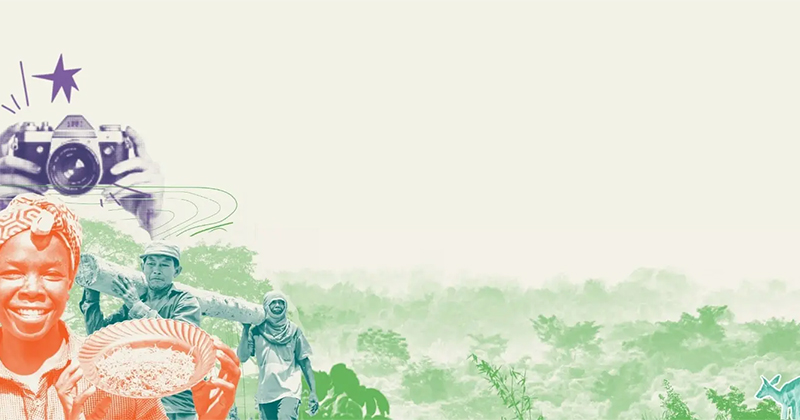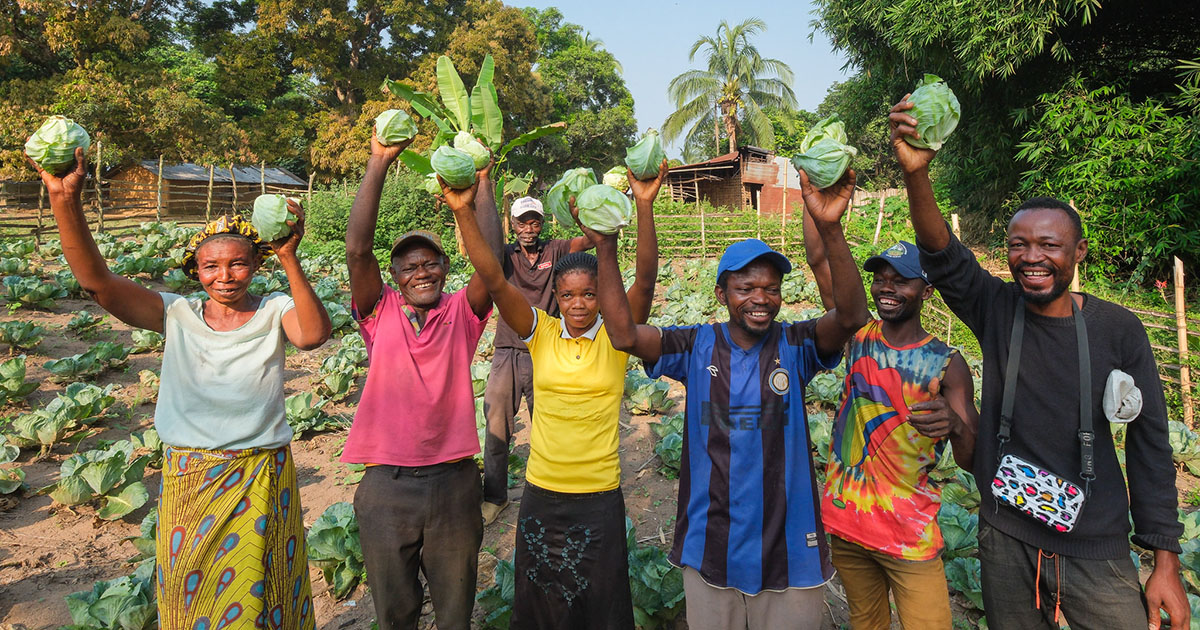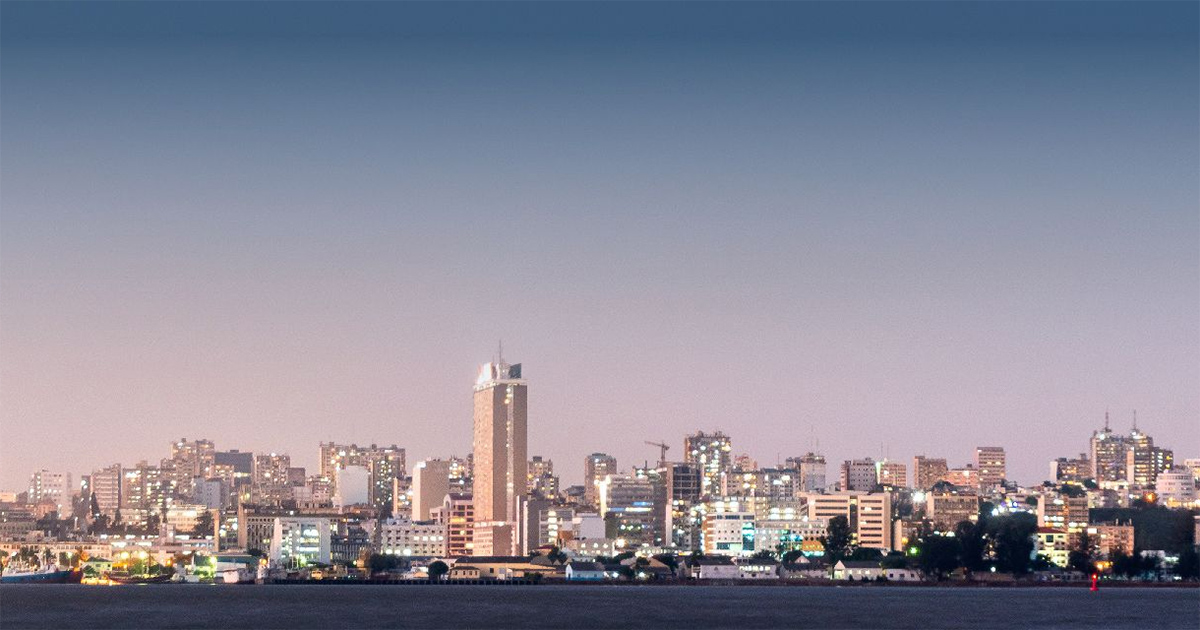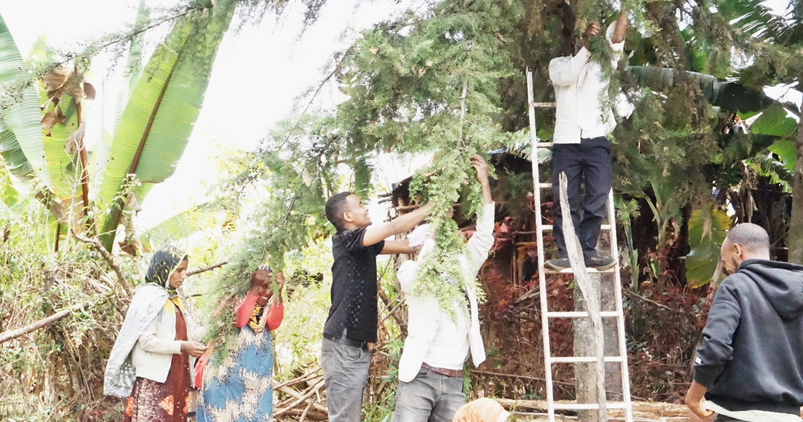Permanent sample plots (PSP) are an important tool in monitoring forest dynamics and change. In Malinau Research Forest, East Kalimantan, 24 PSPs of 1 ha each were established and all trees with dbh = 20 cm were identified and their diameters were measured in 1998 prior to logging operations and were re-assessed in 2000 and 2004. Two logging systems were implemented during that period: reduced-impact logging (RIL) and conventional logging (CNV). A total of 705 tree species with diameter at breast height (dbh) = 20 cm were recorded from the permanent sample plots, of which 67 (9.5%) were dipterocarp species. Among the most common Dipterocarpaceae included Dipterocarpus lowii, D. stellatus, Shorea beccariana, S. brunescens, S. exelliptica, S. macroptera, S.maxwelliana, S. multiflora, S. parvifolia, S. rubra and S. venulosa. Measurement of diameter increment and forest regeneration were undertaken in 2000 and 2004. In 2000, the mean sapling density calculated from 12 plots (of 5 x 100 m2 each) was 4,600 stem ha-1 both treatments. In the RIL plots, the mean annual increment of dipterocarp species assessed on a per plot basis varied with logging intensity from 0.35 to 0.52 cm/ yr, while in CNV plots, it ranged from 0.42 to 0.62 cm year-1. A group of selected non-dipterocarps were also assessed. The relationship between growth (cm year-1) and felling intensity (FI in total number trees ha-1) Tree growth and forest regeneration under different logging treatments in permanent sample plots of a hill mixed dipterocarps forest, Malinau Research Forest, Malinau, East Kalimantan, Indonesia 48 Tree growth and forest regeneration for dipterocarps and non-dipterocarps showed positive linear regressions: DiptRIL = 0.242 yr-1 + 0.0850 FI (R2=70.4%) and Non-DiptRIL = 0.190 + 0.0683 FI (R2=54.3%). The mean growth rate is less than the growth rate of 1 cm year-1 assumed by the Indonesian Selective Cutting and Replanting System or TPTI. A longer cutting cycle is needed for sustainable forest management.
Publication year
2006
Authors
Priyadi, H.; Sheil, D.; Kartawinata, K; Sist, P.; Gunarso, P.; Kanninen, M.
Language
English
Keywords
samples, mixed forests, forest trees, growth, diameter, increment, selective felling, logging effects, damage, regeneration, Dipterocarpaceae, conferences, harvesting
Geographic
Indonesia




















